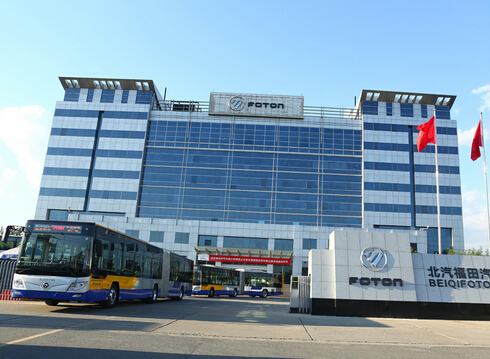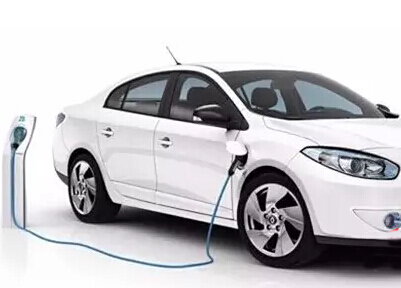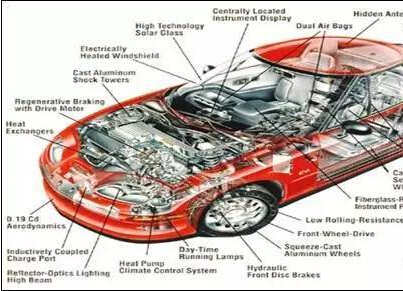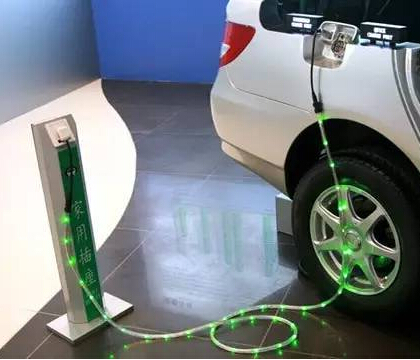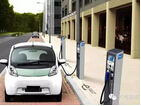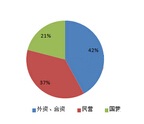As of February 2018, the members of the alliance reported a total of 244,023 public charging piles. Among the members of the alliance, sampled vehicle piles of the entire vehicle company had 369,526 pieces of information data, and a total of approximately 610,000 charging piles. The data shows that China's charging infrastructure construction of new energy vehicles has not fallen, the number of charging piles is increasing rapidly, and under the circumstances that the mileage of new energy vehicles is generally increasing, the situation of difficult charging has eased. However, the electric vehicle resource network learned that the current domestic new energy vehicle car pile ratio is about 3.5:1, which is far lower than the 1:1 construction target. The number of charging piles in China is far behind the number of new energy vehicles. Under the circumstances, the utilization rate of charging piles is still extremely low, and the overall utilization rate of charging piles in China is less than 15%. This is a very obvious two-way conflict. The construction of charging piles could not keep up with the growth of sales of new energy vehicles. Existing charging piles still have very serious problems of idle resources and waste.

What causes this bidirectional conflict?
Why can't the charge pile construction keep up?
1. Construction site property does not match
Charging piles often fail to build because the site managers disagree. If you want to build a charging pile in one place, the first thing you need to do is get the manager's consent. However, many managers lack understanding of various aspects of new energy vehicle charging facilities and are concerned that building a charging pile on their own site will cause potential safety hazards such as electric shock and fire, which will affect other households that do not use new energy vehicles. Therefore, it is often intervened to hinder even the charging pile operators and households using new energy vehicles to install charging piles. In addition, it is difficult for the charging pole operators and site managers to reach an agreement on the distribution of benefits, which leads to the low enthusiasm of managers for constructing charging piles.
2. Site infrastructure can not keep up
In addition to some newly built communities, many old residential infrastructures are not able to keep up with the demand for charging piles. The first is the problem of parking spaces. Some communities cannot guarantee even the most basic parking spaces, let alone build charging piles.
Even if the community can meet the requirements of parking spaces, the construction of charging piles must also be supported by cable channels and power grid lines, and the maximum capacitance of the community must also be considered. The average daily power usage limit of the average community user is 8 kilowatts, and the power consumption of the charging pile will reach 30 kilowatts. Many districts have not configured high voltage lines that can meet the requirements. To access the community from the grid, it is a very troublesome thing. The process from application to construction will take about 60 days, and the cost will reach 300,000, which is time-consuming and labor-intensive. In the case of the largest capacitor, if the community is to build a charging pile later, the maximum capacitance is not enough to improve? At present, the government has no relevant regulations and policies, which is also the cause of the inability of the site infrastructure to keep up.
Why is the utilization rate so low?
1. Charging pile layout is not reasonable
The construction of charging piles generally requires taking into account the two factors of people flow and usage, so areas such as commercial areas and plazas have become popular areas for the construction of charging piles. Operators wanting to construct charging piles in these areas need to pass through many links, such as property, electricity, government departments, etc. The situation in each area is different, and the design department may not be the same. As long as one of the links is stuck, the project It may be shelved, so operators will choose areas where construction requirements such as non-commercial areas and suburban areas are relatively simple, in addition to popular areas. Most of the charging piles that are idle and underutilized are distributed in non-commercial areas and suburbs. In fact, there is no problem in constructing charging piles in non-commercial areas and suburbs. The problem is that the layout of the charging piles is not reasonable, and the number of charging piles should not exceed the scope of the people's flow and usage in the area and should be allocated rationally.
2. Charging pile management is not standardized
Compared to non-commercial areas and suburbs, the utilization rate of crowded charging stations in commercial areas is supposed to be high, but the utilization rate is still low. This is because the parking spots of charging piles are often occupied by fuel vehicles. So far, there is still no domestic regulation on this phenomenon. The electric vehicle resource network learned from the "White Paper on Charging Infrastructure Construction in China - First and Second Line Research Cities" that during the process of writing and researching white papers, an average of 39.38% of charging piles were occupied by fuel vehicles. Among them, among the 3697 public charging piles that are open to the public in Shenzhen, 41.33% of the charging piles are occupied by fuel vehicles, which is a veritable disease.
3. The use of charging piles is not uniform
In the market, the charging pile operators are of different sizes, and the usage information of each charging pile operator often does not communicate. This means that you cannot share information of all charging piles on one platform at the same time. This gives new energy sources. The charging of automobile owners brings great inconvenience. In addition to non-communication, the charging interface standard is also one of the reasons for the low utilization rate of the charging pile. According to the understanding of the electric vehicle resource network, it is understood that the charging interface standard for new energy vehicles with fast DC charging in China is still unified, but in exchange On the interface standard for slow charging, the difference between various manufacturers is very obvious.
At present, China's charging pile facilities are still increasing, charging infrastructure is also ranked in the forefront of the world, but for the growing number of new energy vehicles, it is not enough, and we can not do a charging market is not strong In order to improve the comprehensive strength of the charging infrastructure, the country must resolve the two-way contradiction of the charging pile.
















 RCCN WeChat QrCode
RCCN WeChat QrCode Mobile WebSite
Mobile WebSite
